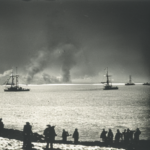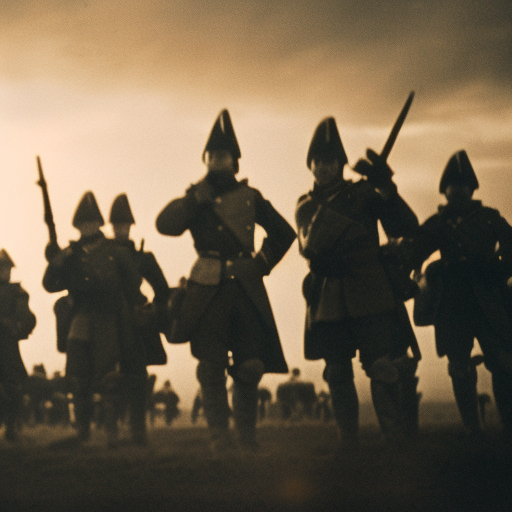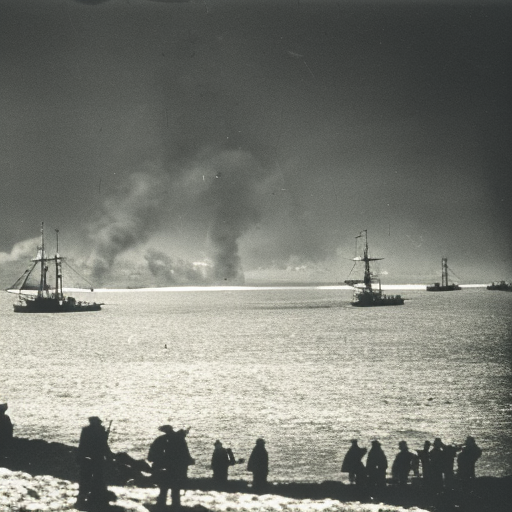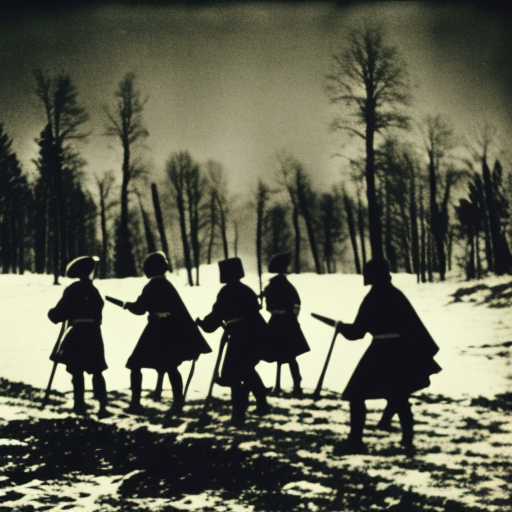The Battle of Austerlitz (1805)
The Battle of Austerlitz, also known as the Battle of the Three Emperors, took place on December 2, 1805, near the town of Austerlitz in the Austrian Empire (present-day Czech Republic). It was one of the most significant battles of the Napoleonic Wars and resulted in a decisive victory for Napoleon Bonaparte’s French army against the combined forces of the Austrian and Russian Empires.
Background:
In 1805, Napoleon’s French Empire was at war with the Third Coalition, a coalition of several European powers including Austria and Russia. The coalition aimed to contain and defeat Napoleon, who had been expanding his influence across Europe. The French army was highly experienced and battle-hardened, having achieved numerous victories in previous campaigns.
Deployment and Strategy:
The battle began with the French army, numbering around 68,000 men, facing the combined Austrian and Russian forces, totaling approximately 89,000 troops. Napoleon devised a brilliant strategy to defeat his enemies. He planned to lure the Allies into attacking his center while weakening their flanks. This would create an opportunity for a devastating counterattack.
The Battle:
The battle started with the Allies launching a series of attacks on the French center. Napoleon skillfully defended his position, allowing the Allies to believe they were gaining the upper hand. Meanwhile, he ordered his troops to execute a strategic withdrawal, drawing the Allies further into a vulnerable position.
As the Allies focused on the French center, Napoleon’s forces regrouped and launched a surprise attack on the weakened Allied flanks. The French army swiftly overwhelmed the Allies, causing chaos and confusion among their ranks. The battle turned into a rout, with the Allies retreating in disarray.
Outcome:
The Battle of Austerlitz was a resounding victory for Napoleon and the French army. The Allies suffered heavy casualties, with around 27,000 killed, wounded, or captured, compared to the French losses of approximately 9,000. The defeat severely weakened the Third Coalition and forced Austria to sign the Treaty of Pressburg, effectively withdrawing from the war.
The battle also had significant geopolitical consequences. It solidified Napoleon’s position as the dominant power in Europe and marked the beginning of the end for the Holy Roman Empire. The French victory led to the creation of the Confederation of the Rhine, a union of German states under French influence, further diminishing the power of Austria and Russia in the region.
Legacy:
The Battle of Austerlitz is considered one of Napoleon’s greatest military triumphs. It showcased his tactical brilliance and ability to outmaneuver larger enemy forces. The battle’s outcome had a profound impact on European politics and set the stage for Napoleon’s further expansion across the continent.
The battle is also notable for its impact on military strategy. Napoleon’s innovative use of deception, combined with his emphasis on mobility and concentration of forces, influenced future military thinkers and shaped the development of modern warfare.
In conclusion, the Battle of Austerlitz was a pivotal event in European history. Napoleon’s victory solidified his dominance and reshaped the balance of power in Europe. The battle’s strategic brilliance and its lasting impact on military tactics make it a significant milestone in the Napoleonic Wars and the broader history of warfare.












